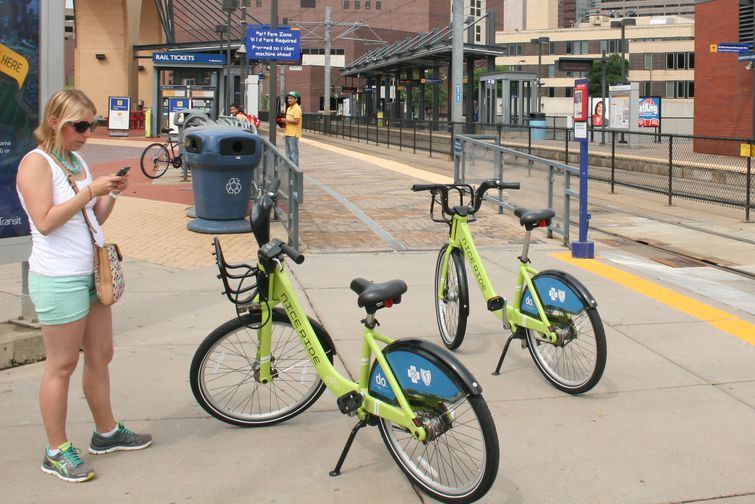Timeline: 2008 First investigation into the feasibility of a high-speed cycle route ʼs-Hertogenbosch-Oss. 2009 The national government decides to subsidise fast cycle routes and local and/or regional authorities are asked to send in plans with a subsidy request. A total sum of 21 million euro will be available. 2010 The Province of Brabant, together with the municipalities of ʼs-Hertogenbosch, Oss and Maasdonk, apply for a subsidy for the F59. 2011 The preliminary design is finished. 2011 The National Government grants 1.3 million euro to this project. 2012 The province and the municipalities try to allocate funds for their part of the route. The total costs of 4.8 million euro will be
shared as follows: National government 1.3m Province 2.5m (including 0.6m as a guarantee for unforeseen costs) Municipalities 1m (all three combined). The municipality of ʼs-Hertogenbosch will be in charge of the project. 2013 Representatives of all parties involved sign an agreement to start building the route. 2014 The first part is officially finished and opened. January 1, 2015 The municipality of Maasdonk will cease to exist and its territory will be split between ʼs-Hertogenbosch and Oss. 2015 The full route is expected to be finished by the end of 2015
Read on here in Bicycle Dutch.




